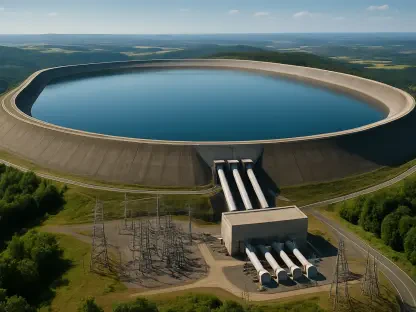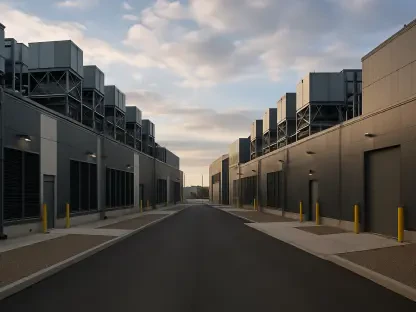Amid the national discussion on federal renewable tax credit cuts, Kansas finds itself at a critical juncture with significant repercussions for its energy landscape. As policymakers debate these potential changes, Kansas’s green energy sector is bracing for economic ramifications. This analysis dives into the details, uncertainties, and possible future scenarios that could unfold, affecting energy costs, investment dynamics, and market trends across the state.
Context and Criticality: Understanding the Situation
Federal renewable tax incentives have played a crucial role in fostering Kansas’s green energy industry. These credits have spurred technological advancements and bolstered sustainable projects, enabling companies to expand operations and increase efficiency. The proposed federal cuts could disrupt well-established growth patterns, which have long been underpinned by these financial incentives. The significance of these credits is felt across the state’s economy, with implications for various business strategies and local economies.
Exploring Economic Predictions
The economic implications of cutting these tax credits are profound. The Business Council for Sustainable Energy predicts substantial increases in household energy costs, alongside potential impacts on employment and state GDP. Specifically, annual energy costs could rise significantly, while job losses may run into thousands over the coming years. Such predictions underscore the need for industry stability and highlight how critical these incentives have been to maintaining current economic benefits.
Investment and Industry Reactions
The potential reshaping of investment patterns is a significant concern for Kansas’s energy sector. Changes in tax incentives could affect businesses’ strategic planning, potentially curbing investment in renewable technology. Historical analyses indicate that tax incentives have been pivotal for fostering business confidence and attracting capital in the state’s renewable sector. Examination reveals that state-level incentives could partially mitigate these federal-level changes. Identifying alternative approaches could help sustain the sector’s momentum despite federal uncertainty.
Unpacking Regional and Sectoral Impacts
There is considerable variation in how these impacts could manifest across different regions and industry sectors within Kansas. Key misconceptions about the state’s reliance on renewable sources suggest a need for clarity and understanding of these dynamics. Sector-specific challenges and opportunities could emerge, driven by varying degrees of exposure to tax credit changes and the readiness of local markets to adapt to policy shifts.
Embracing Innovation Amid Uncertainty
Even with looming uncertainties, emerging technologies hold promise for Kansas’s energy future. Although regulatory changes present challenges, innovation could offer pathways to navigate them effectively. Projections from industry experts point to potential advancements in alternative energy sources and evolving policy frameworks. These factors might redefine the sector, providing opportunities for growth despite the regulatory landscape’s volatility.
Synthesizing Insights and Strategic Recommendations
In light of these findings, several insights emerge across economic, technological, and policy dimensions. Addressing these uncertainties requires strategic adaptations, such as leveraging local incentives and engaging in adaptive planning. For professionals and businesses, adopting flexible approaches can help in navigating financial disruptions and continuing growth trajectories. Such strategies will empower stakeholders to implement findings practically and address short- and long-term challenges effectively.
The review of the renewable energy sector in Kansas elucidated its economic relevance and necessity for careful policy deliberation. The complexities surrounding tax credits require proactive business strategies and government policy to ensure Kansas’s economic resilience and commitment to environmental sustainability. By addressing these challenges through comprehensive planning and innovation, the sector is poised to maintain its trajectory toward a clean energy future.









